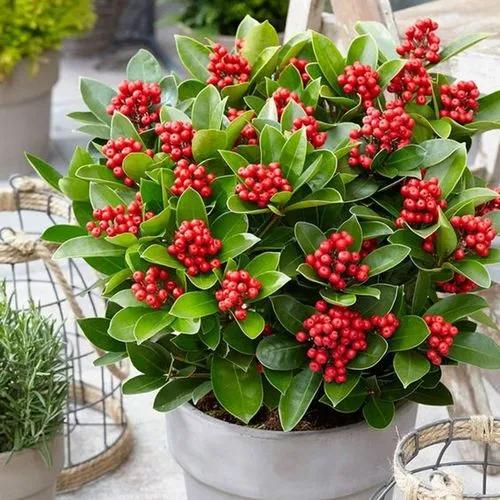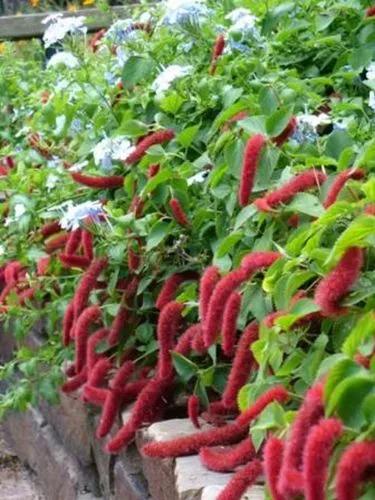Growing winter daphne sports fragrant blossoms in late winter for those gardeners who’ve learned how to get winter daphnes to bloom. The right care for winter daphne encourages the fragrant blooms, as does growing winter daphne in the right spot. Botanically called Daphne odora, pink buds emerge in February to March, becoming clusters of fragrant, tubular blooms. The shrub reaches no more than 4 feet (1 m.) in height and usually grows to just 3 feet (1 m.) high and the same in width. Lightly branched, the form of growing winter daphne is open and airy. Foliage is shiny green, simple and attractive. The cultivar ‘Marginata’ has yellow bands around the glossy leaves.
Winter Daphne Care
Daphne Odora



How to Care for the Plant

Water

A layer of mulch will help keep the roots cool and moist. While the mulch will cover the soil, make sure it does not dry out. Water the shrub when there is not a lot of rainfall.

Pruning

They do not require pruning, a clear up of fallen leaves is all that is required. They should not be pruned to shape, this simply encourages tender new growth which is then damaged by the cold.

Fertilizer

The Daphne shrub only needs to be fertilized twice a year. February and July are good times to do this (if it helps you remember, do it on Valentine's Day and the Fourth of July). Do not use an acid fertilizer.

Sunlight

Partial sun to partial shade is usually the recommended growing location for these plants. At the partial-sun end of this spectrum, you may experience superior blooming. Many people seeking shrubs for shade will gladly sacrifice some flowers in order to enjoy the bicolored leaves of these bushes. Group them together with other acid-loving plants that have similar sunlight needs.

Soil

Daphne shrubs can be grown in USDA planting zones 4 to 9. They prefer well-drained soil with plenty of compost and a neutral to acidic soil pH. Daphne shrubs thrive in moist soil. To keep the soil around them moist in summer (and to keep the roots cool), apply a three-inch layer of mulch.

Temperature

tolerating temperatures down to about -5°c

Additional

All parts of the plant are poisonous. Skin contact with the sap can cause dermatitis in some people

Popularity

569 people already have this plant 41 people have added this plant to their wishlists
Discover more plants with the list below
Popular articles






